Description
Creating a writing workbook for children ages 3-5 is a wonderful way to introduce early literacy skills in a fun and engaging manner. At this age, children are still developing fine motor skills, so the workbook should focus on basic letter recognition, writing strokes, and simple words or names. Activities should be short, colorful, and interactive to hold their attention.
Here’s a simple outline and example activities for a **Writing Workbook for Ages 3-5**:
—
### **Cover Page:**
– Title: “Fun with Writing! A Workbook for Little Learners”
– Bright, colorful illustrations of letters, animals, or favorite characters to draw kids in.
—
### **Table of Contents:**
1. **Getting Ready to Write**
2. **Letters A-Z**
3. **Tracing Simple Words**
4. **Draw and Write**
5. **Color the Letters**
6. **Story Time: Write Your Own Ending**
—
### **1. Getting Ready to Write:**
*Objective: Strengthen hand muscles and introduce basic strokes.*
**Activity 1: Wiggly Lines**
– Instructions: “Let’s practice moving our hands! Can you trace these wiggly lines?”
– Provide simple, curved lines to trace.
– Progress to zigzag lines and circles.
**Activity 2: Big and Little Strokes**
– Instructions: “Can you make big straight lines and little straight lines?”
– Draw both vertical and horizontal lines for them to trace.
—
### **2. Letters A-Z:**
*Objective: Introduce the alphabet with visual aids and letter recognition.*
**Activity 1: Trace the Letters**
– Include uppercase and lowercase letters (A-a, B-b, C-c, etc.)
– Kids trace the letters with dotted lines.
– Provide examples of words that start with each letter (A for Apple, B for Bear).
**Activity 2: Color the Letters**
– Color in each letter with bright colors after tracing.
**Activity 3: Letter Hunt**
– “Find all the A’s in this page!”—Use pictures with multiple instances of a certain letter.
—
### **3. Tracing Simple Words:**
*Objective: Familiarize children with words and sentence structure.*
**Activity 1: Simple Words to Trace**
– Examples: “cat,” “dog,” “sun,” “ball.”
– Instructions: “Can you trace the letters and say the word aloud?”
**Activity 2: Picture Match**
– Match a picture to the word it represents. Example: A picture of a cat, and children will trace and say the word “cat.”
—
### **4. Draw and Write:**
*Objective: Encourage children to use words and pictures together.*
**Activity 1: Draw the Animal**
– Example: “Draw a cat next to the word ‘cat.'”
– Provide space for them to draw their own versions of objects they trace.
**Activity 2: My Name**
– “Can you write your name? Let’s trace it first and then try writing it on your own.”
—
### **5. Color the Letters:**
*Objective: Reinforce letter shapes and colors.*
**Activity 1: Rainbow Letters**
– Instructions: “Let’s color each letter of your name in a different color!”
– Have children write their names, and color each letter a different color.
—
### **6. Story Time: Write Your Own Ending**
*Objective: Develop basic storytelling and writing skills.*
**Activity 1: What Happens Next?**
– “Once upon a time, a little bird was flying in the sky. What happened next? Can you draw and write the ending?”
– Leave space for children to finish the story with drawings and simple words or letters.
—
### **Tips for Parents and Caregivers:**
– Encourage children to trace letters, but also allow them to draw freely to build confidence.
– Keep sessions short (about 10-15 minutes) to maintain focus.
– Praise effort, not perfection! It’s all about the process.
—
### **End Page:**
– A certificate of achievement: “I am a Writing Star!” with space for their name.
—
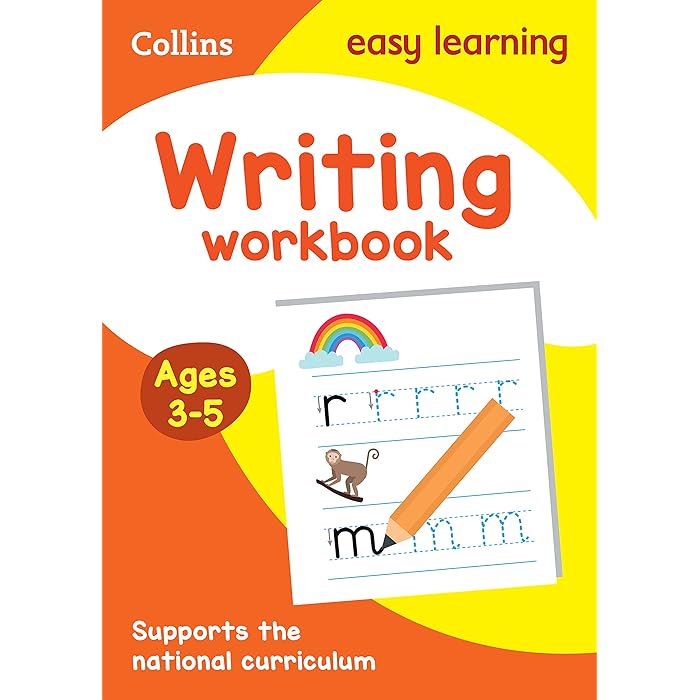
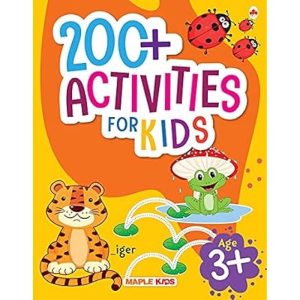
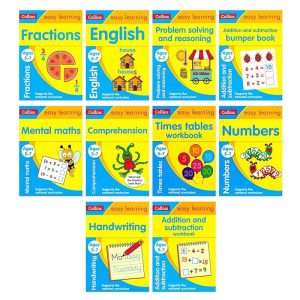
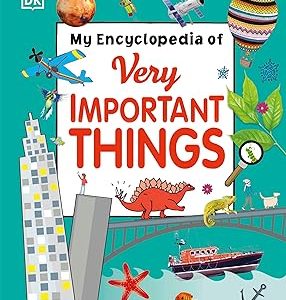
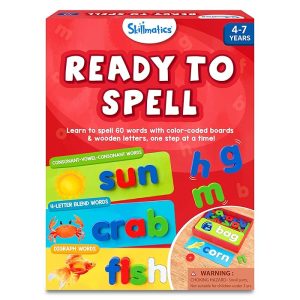

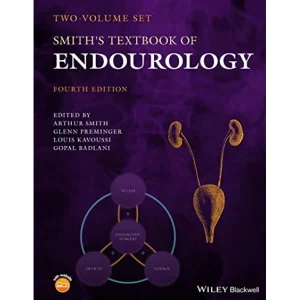



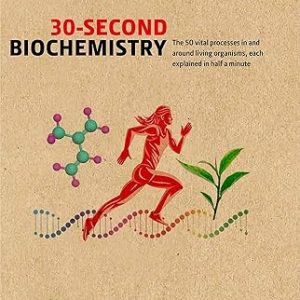








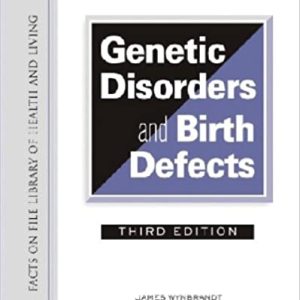


















Reviews
There are no reviews yet.